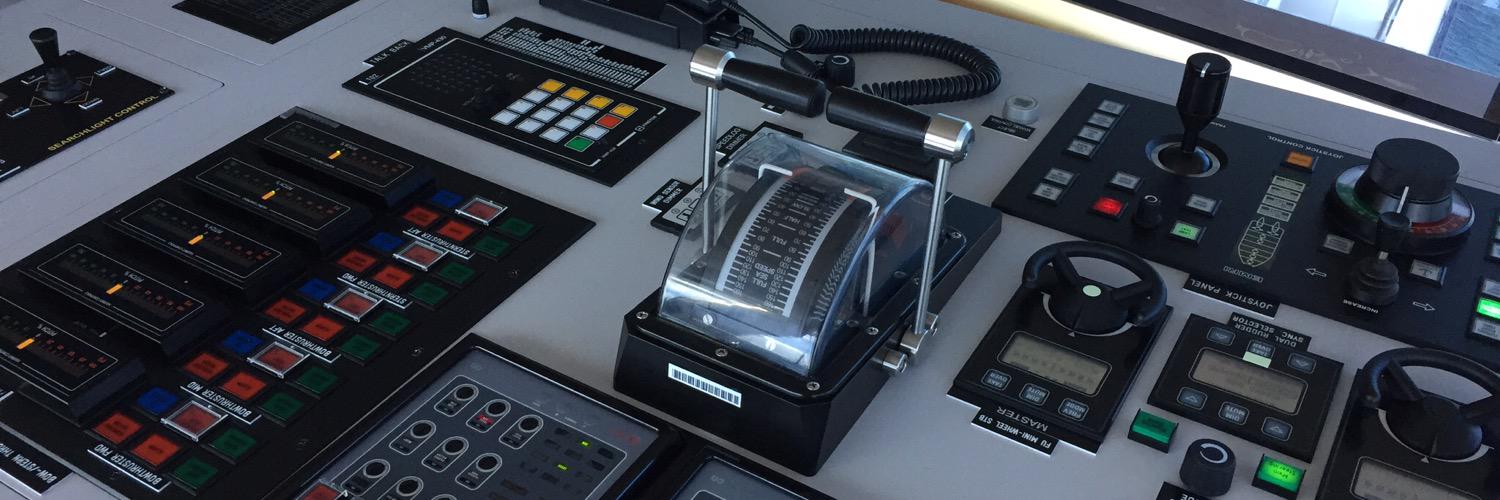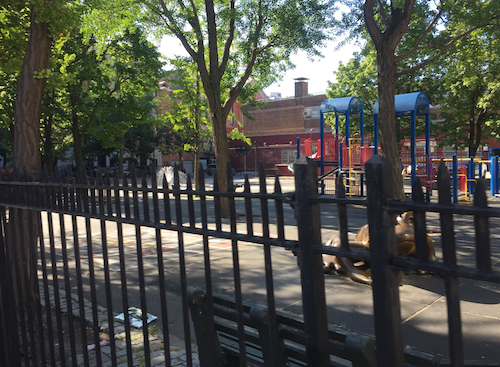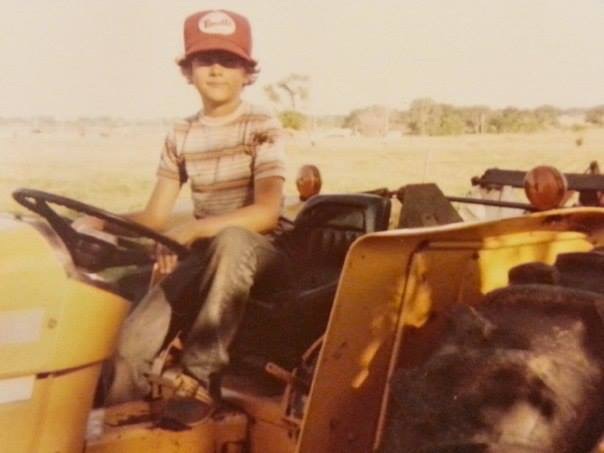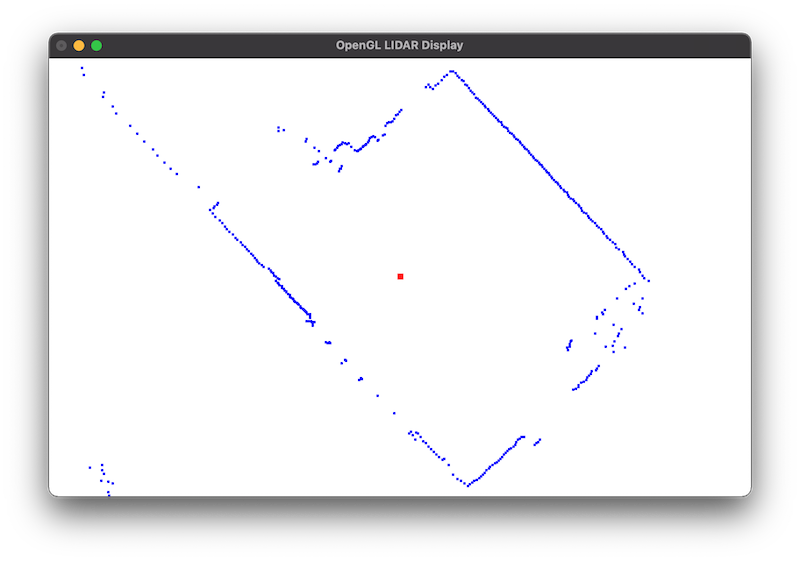“I was a fixer, a builder – an inventor – ever since I can remember.” – Tom Scholz
I love this time of year. The mornings are nice and cool (11C) but can still warm up in the afternoon (32C). Our neighbors have decorated their homes with Fall and Halloween decorations. Target has a mile-long line of candy aisles and we do our best to replicate that in our home.
I confess, I have an addiction. No, not the candy, I can meter that fairly well. My real addiction is my obsession to fix things. I can’t stand it when something is broken or a system is down. It drives me crazy. I am compelled to get it working. This past weekend, my obsession was our new Tesla Solar system. It all began with our decision to get solar a year ago…
After research and talking with several solar companies, we decided on a small 8.5kW Tesla Solar plus Powerwall system. The main reason for our decision was the low cost, handsomely framed panels and the whole house backup capability. There were several good offers out there, but we were delighted when Tesla came in with the lowest price. I’m very cheap, I admit, I love a good deal. What we didn’t realize is that the way Tesla beat the market was to remove some of their overhead, mainly in the area of customer service. That translated into a lot of waiting and frustration.
Our system was finally installed last month and during commissioning, the first signs of trouble started showing up. The installers downloaded the latest software updates but were unable to get the Solar Panels to work correctly. The solar assembly was only producing 160W in full sun. They tried for hours, upgrading, rebooting and calling. They eventually gave up after showing me that the Powerwall could power our house if they cut the mains. They explained that Tesla would send out a software patch to fix the Solar panels, most likely.
I contacted our Tesla Advisor to report the problem and to see if they had an update. After several days of emailing, texting and calling, I received a note from the advisor that he would contact the electricians about the problem. I spent another week requesting updates but my Advisor had gone radio silent. It turns out that this is a common experience with Tesla. Assuming best intentions, I can only imagine that the Tesla teams are understaffed and overwhelmed. Regardless, it all results in a very frustrating experience for the consumer. I escalated and was finally told that they could schedule a service appointment on Dec. 14th. Seriously?!
We had all this gear in place. We had these beautiful solar panels, high tech Powerwalls and all the gear to drive it. But none of it was working. Tesla’s mistake was bringing all of this into my home. I can’t help myself. My addiction set in. I have to fix it. So, I did. I began poking around, measuring voltages, sniffing the system’s communication links, and researching all of the modules that make up the system.
I finally found the issue. I discovered a WiFi based metering system Tesla had used was defective. I reprogrammed and recommissioned the system. It came online and for the first time ever, we had full solar energy powering our house and charging our Powerwalls. Our home had gone green and we were 100% powered by the sun! I love making things work.
Reflecting back on this experience it occurred to me that this is a lot of what we do. In technology, we are often the Sherpas that help our business partners reach their destination. Sometimes it requires research, investigation, designing, hacking, and even reprogramming to arrive at a reliable and operative solution. All along the way, our partners are depending on us to be the experts to creatively solve problems, fix what is broken and deliver a working solution that helps them, our businesses and organizations deliver the best outcomes as we can.
Thank you all for being the fixers. You substantially make a difference to the world!
If you want the gory details on my investigation and fix you can read them here.







